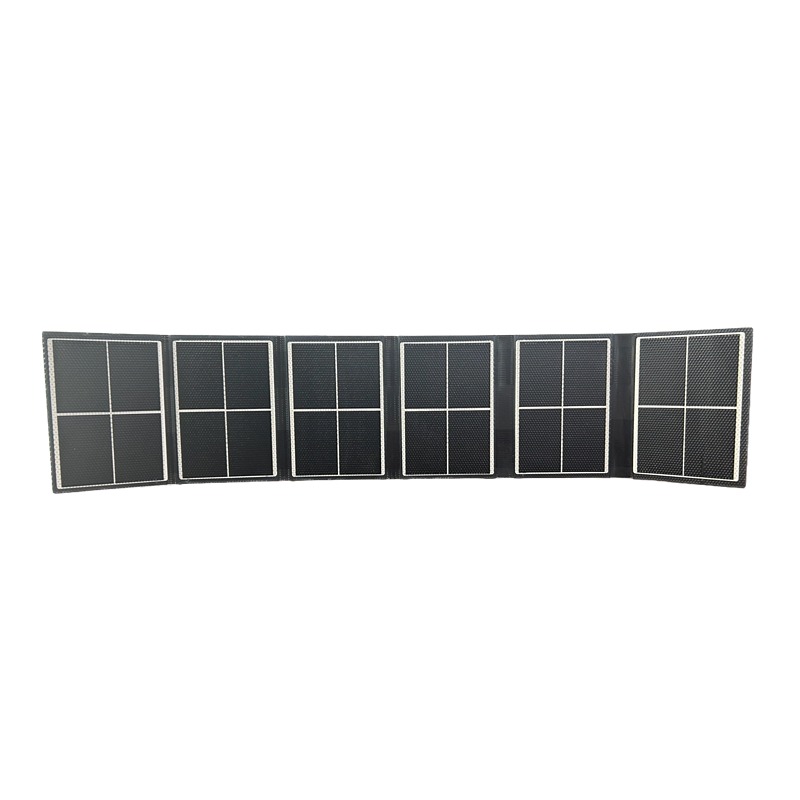In today's digital age, the need for fast and reliable internet connectivity is paramount. As technology advances, the debate between WiFi and Ethernet continues to intrigue tech enthusiasts. In this blog post, we will delve into the intricacies of WiFi 7 and Ethernet, exploring their capabilities, advantages, and ultimately determining which one reigns supreme in terms of speed.
- Understanding WiFi 7:
WiFi 7, also known as 802.11be, is the latest iteration of wireless networking technology. It promises to revolutionize internet speeds by leveraging advanced techniques such as multi-user multiple-input multiple-output (MU-MIMO) and orthogonal frequency-division multiple access (OFDMA). These advancements allow for higher data transfer rates, reduced latency, and improved network efficiency. - Exploring Ethernet:
Ethernet, on the other hand, is a wired networking technology that has been the backbone of local area networks (LANs) for decades. It utilizes physical cables to transmit data packets, providing a reliable and stable connection. Ethernet offers various speeds, including the widely used Gigabit Ethernet (1 Gbps) and the faster 10 Gigabit Ethernet (10 Gbps) options. - Speed Comparison:
When it comes to raw speed, Ethernet has traditionally held the upper hand. With its dedicated physical connection, Ethernet can offer consistent and high-speed data transfer rates. However, WiFi 7 aims to bridge this gap by introducing significant improvements in wireless speeds.
- WiFi 7 Speed: With its ability to support up to 30 Gbps data rates, WiFi 7 surpasses the capabilities of previous WiFi generations. This makes it a formidable contender against Ethernet, especially for wireless devices.
- Ethernet Speed: While WiFi 7 boasts impressive speeds, Ethernet still reigns supreme in terms of sheer bandwidth. 10 Gigabit Ethernet, for instance, provides a substantial advantage for devices requiring ultra-fast and uninterrupted connections.
- Factors Influencing Speed:
Several factors can impact the actual speed experienced by users on both WiFi 7 and Ethernet connections. It is crucial to consider these factors when evaluating their performance:
- Distance: WiFi signals tend to weaken over distance, resulting in reduced speeds. Ethernet, being a wired connection, is not affected by distance limitations.
- Interference: WiFi signals can be susceptible to interference from other electronic devices, neighboring networks, or physical obstructions. Ethernet connections are immune to such interference.
- Device Limitations: The speed of a connection is also influenced by the capabilities of the device itself. Older devices may not support the full potential of WiFi 7 or Ethernet speeds.
- Conclusion:
In the battle of speed between WiFi 7 and Ethernet, both technologies have their strengths. WiFi 7 offers the convenience of wireless connectivity with impressive speeds, making it ideal for mobile devices and smart homes. Ethernet, on the other hand, provides unparalleled stability and bandwidth for demanding applications and stationary devices.



